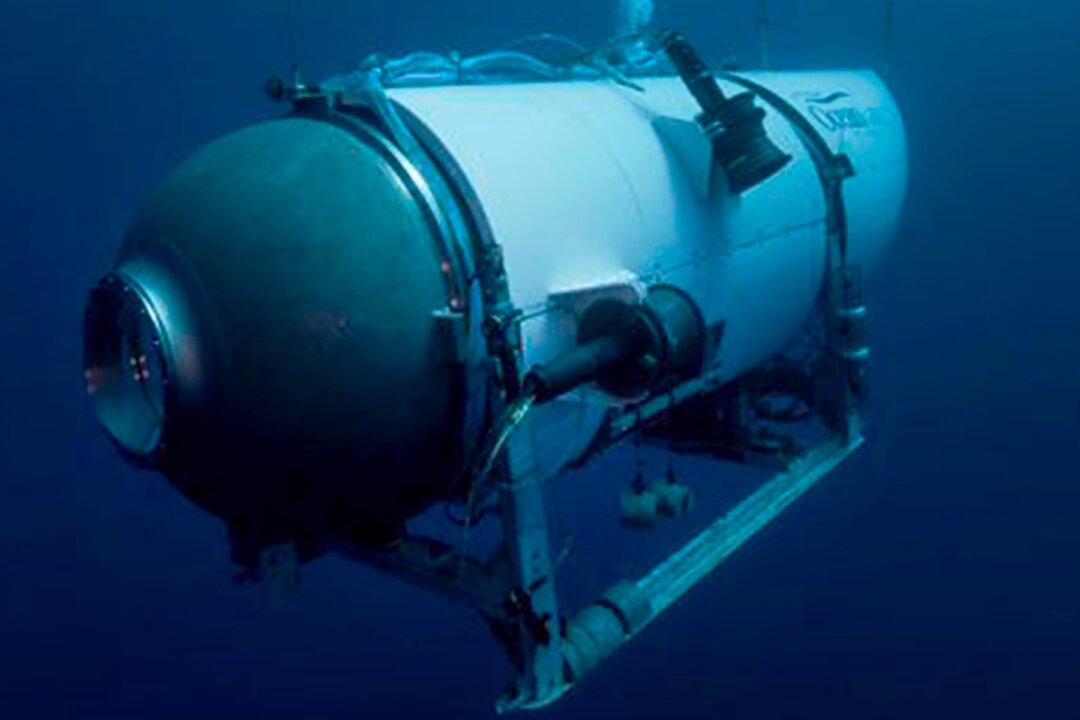A whistleblower from the company whose submersible vessel went missing this week during an undersea expedition to the Titanic had raised safety concerns ahead of the craft’s maiden voyage and was later fired.
David Lochridge once served as the director of marine operations at OceanGate, the firm whose “Titan” submersible went missing on June 18 during a deep dive to the wreckage of the Titanic.





